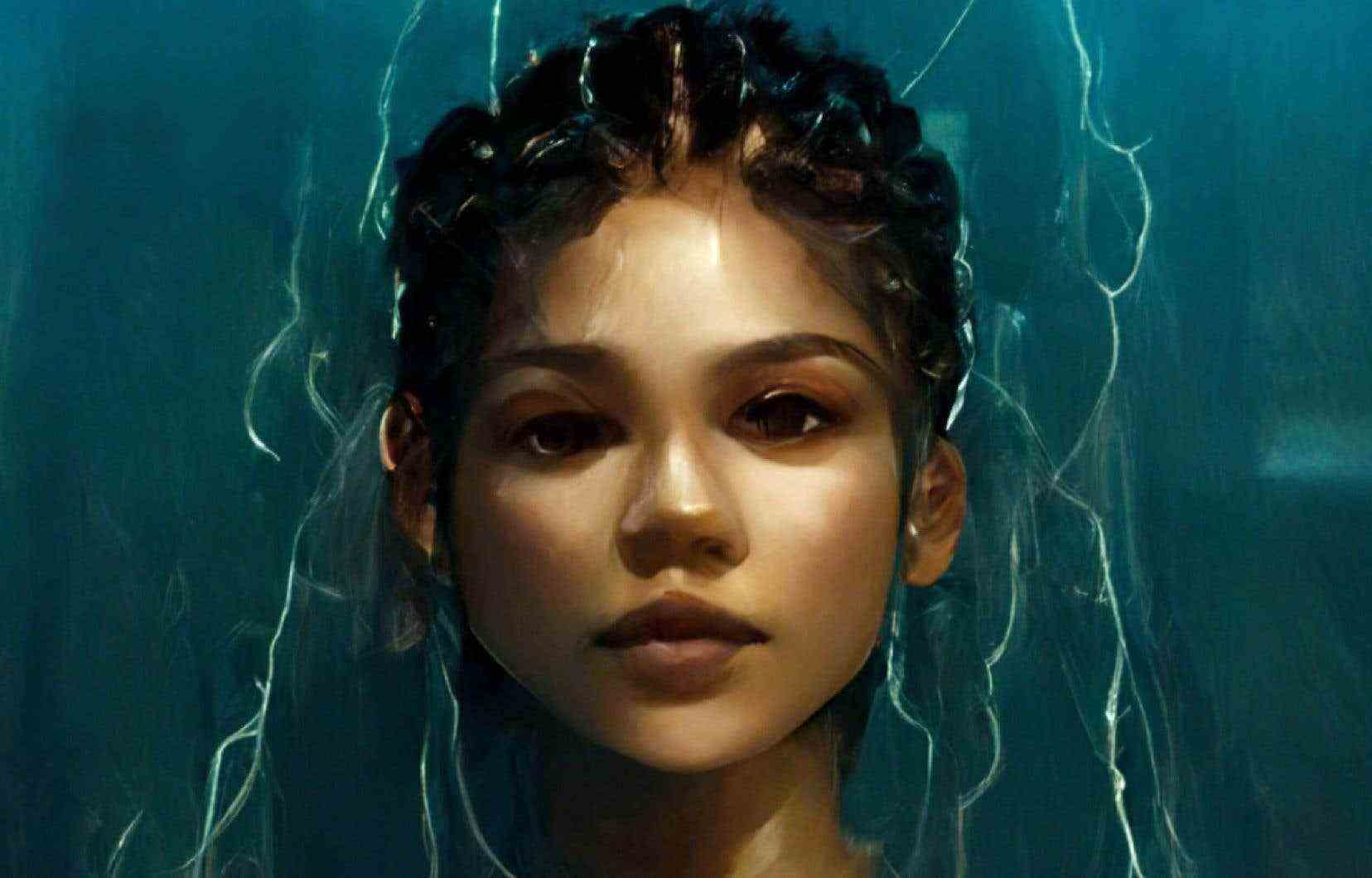The year is coming to an end and it only takes a grain of sapience to know that the prize for the most important socio-cultural creation of 2022 goes to artificial intelligence (AI).
ChatGPT3, software capable of holding an almost human conversation in several natural languages and of generating very well articulated texts, has been panicking the education community for several weeks. The three million users who explore it for free are no less amazed.
AlphaCode is equally shaking the world of programmers by demonstrating its superiority in online computer coding contests: this program writes programs and outperforms human programmers. This AI could modify itself. Hence the fears terminator.
Historians and sociologists establish that several stages of the industrial revolution have shaped the West and the world for two centuries. The first was carried by the steam engine; the second by electricity; the third, begun in the second half of the twentiethe century, relies on computer science to which artificial intelligence is linked. From health to justice via defence, all sectors of activity are already suffering from the disruption of this miraculous change. Art is no exception either.
“Infinite Possibilities”
Computers can compose music, paint pictures, write novels or poems, recreate voices of yesteryear, converse with the dead, always proceeding by combination of learned style. Digital programs offer “endless possibilities for exploring new forms of artistic expression,” as ChatGPT3 itself says of this technology (see sidebar).
Many artists use these new digital tools, and the works of robot artists are now of interest to collectors. The portrait Edmond de Belamy produced by the machines of the Obvious collective launched the ball in 2018 by finding takers for more than half a million dollars. Last August, the work Space Opera Theater, created with AI by artist Jason Allen, won an art competition in the United States. Mr. Allen summed up the implication of this victory in an interview with a shocking formula: “Art is dead. It’s finish. The AI won. The humans have lost. »
It’s not art if you just push a few buttons…
At the Dali Museum in Florida, a program creates large digital interactive tapestries illustrating the dreams described by visitors, using the technique text-to-image of Meta, parent company of Facebook. The IA, baptized DALL-E in honor of the surrealist painter, presents his works as part of the exhibition The Shape of Dreams which continues until April. DALL-E is already used online by at least a million people, as is competitor Stable Diffusion.
Next February, a first festival organized in New York will present and reward films from one to ten minutes shot by artificial intelligence. To be selected by the AI International Film Festival, short films must have been generated or at least edited by programs.
Even the history of art uses the new tools. A Swiss company has developed the Art Recognition program which facilitates the authentication of paintings or drawings by artists. Technology made it possible this fall to authenticate a painting by Renoir (with an 80.58% probability), and previously to recognize a fake Max Pechstein created by the forger Wolfgang Beltracchi.
“On the Nature of Art”
The positive and negative reactions aroused in cultural and artistic circles testify to the extent of the revolution underway. AI-generated art “raises questions about the nature of art and creativity, and the place of humans in the process of artistic creation,” as ChatGPT3 sums it up again.
“There is no such thing as the art of artificial intelligence,” author and literary critic Walter Kirn wrote in a September essay. He added in an interview that “it’s not art if you just push a few buttons…”
Digital retouching and the deliberate alteration of digital images royally annoy some portrait painters. Lensa AI, a program born in 2018 but popularized only this year, can generate infinite portraits in a wide variety of styles from a few provided images. For around $10, the program provides about fifty avatars. Social media made it the most popular app last month. The San Francisco Ballet uses it for promotional images of its Nutcracker celebrations.
(Human) artists started uploading images protesting against AI-generated art (“No AI Art”) on the ArtStation platform, to such an extent that the company started removing them from its site. ArtStation is the largest online portfolio for video game, film and comic artists, and more and more of them are posting AI-generated images. Purists consider that this tool illegally fakes and immorally copies human works.
In the end, the matter will have to be decided in court. In the United States, a judgment established in 1972 that copyright applies to works, but not to styles. An Australian court replicated the same view 30 years later. The United States Copyright Office has just begun reviewing a request for review of a decision that granted copyright for the comic Zarya of the Dawn created by AI.
